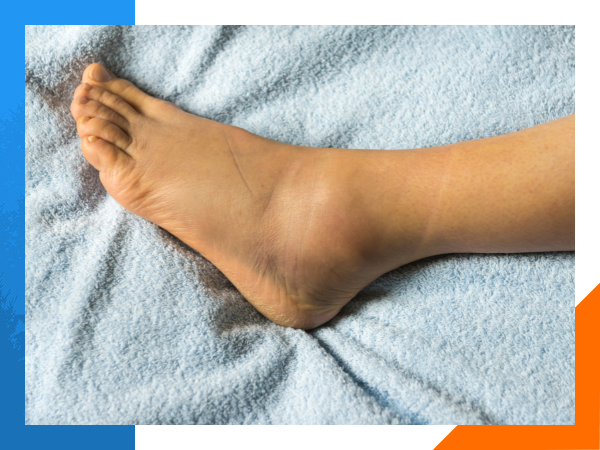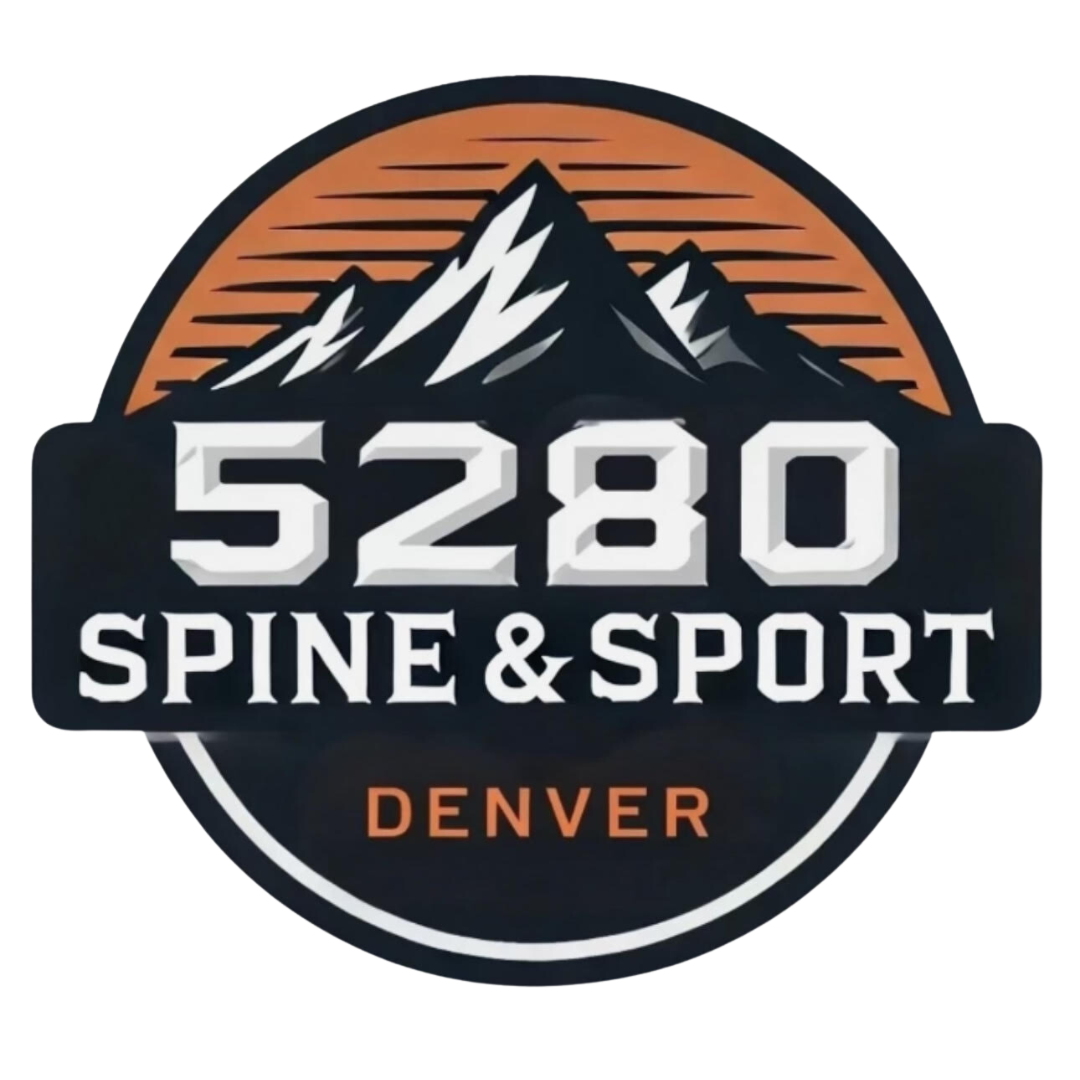Sprained Ankle
Sprained Ankle
Ankle sprains and strains are among the most common sports injuries, affecting athletes and active individuals alike. These injuries can range from mild discomfort to severe ligament damage, making proper diagnosis, treatment, and rehabilitation essential for recovery. Understanding the anatomy of the ankle, mechanisms of injury, and treatment options is key to effective healing.


Anatomy of the Ankle
The ankle joint is a complex structure comprising bones, ligaments, tendons, and muscles that work together to provide stability and movement. Key components include:
- Bones: The tibia, fibula, and talus form the ankle joint.
- Ligaments: The lateral ligaments (anterior talofibular, posterior talofibular, and calcaneofibular) are most commonly injured in sprains. The deltoid ligament stabilizes the medial side of the ankle.
- Tendons and Muscles: These provide support and control to the joint during movement
Mechanism of Injury
Ankle sprains typically occur when the foot twists, rolls, or turns beyond its normal range of motion, overstretching or tearing the ligaments. Common mechanisms include:
- Inversion Sprain: The most common type, where the foot rolls inward, injuring the lateral ligaments.
- Eversion Sprain: Less common, involving the medial ligaments when the foot rolls outward.
- High Ankle Sprain: A more severe injury involving the syndesmotic ligaments above the ankle joint.
Grades of Severity
Ankle sprains are classified into three grades based on severity:
- Grade I (Mild): Slight stretching and microscopic tearing of ligament fibers. Symptoms include mild pain, swelling, and tenderness.
- Grade II (Moderate): Partial tearing of the ligament, leading to moderate pain, swelling, bruising, and difficulty bearing weight.
- Grade III (Severe): Complete ligament rupture, causing severe pain, swelling, instability, and inability to bear weight.
Treatment and Recovery
Modern therapies offer a holistic approach to treating ankle sprains, focusing on reducing pain, repairing damaged tissues, and restoring mobility and strength. Here's how various techniques can help:
1. Active Release Technique (ART) Manual Therapy
ART targets soft tissues to relieve tension, reduce scar tissue formation, and restore normal function. By addressing adhesions in the ligaments and surrounding muscles, ART helps improve range of motion and prevent chronic stiffness.
2. Electrical Muscle Stimulation (EMS)
EMS stimulates the muscles surrounding the ankle to improve blood flow, reduce swelling, and strengthen weakened areas. It can be particularly effective in addressing muscle atrophy during the early stages of recovery.
3. Rehabilitation Exercises
Rehab focuses on gradual weight-bearing activities, balance training, and strengthening exercises to restore stability and prevent re-injury. These exercises help rebuild proprioception and strengthen the muscles supporting the ankle.
4. Red-Light Therapy
Red-light therapy penetrates deep into tissues to reduce inflammation and promote cellular repair. This non-invasive treatment accelerates healing by stimulating collagen production and improving blood circulation.
5. Hyperbaric Chamber Use
Hyperbaric oxygen therapy delivers high concentrations of oxygen to the injured tissues, enhancing cellular repair and reducing swelling. This accelerates healing, particularly in severe or chronic cases.
6. Dry Needling
This technique uses fine needles to target trigger points and improve blood flow to injured areas. It reduces pain and facilitates tissue repair by stimulating the body's natural healing mechanisms.
7. At-Home Rehabilitation
Home-based rehab, including stretching, strengthening exercises, and balance training, empowers patients to take an active role in their recovery. Consistency in at-home rehab is crucial for long-term results.
8. Cold Therapy
Cold therapy, such as ice packs or cold plunge therapy, is essential in the acute phase of injury. It helps reduce swelling, numb pain, and limit secondary tissue damage.
Interesting Facts About Ankle Sprains
- Recurrence Rates: Without proper rehab, individuals are more likely to re-sprain their ankles.
- Gender Differences: Women may be more prone to certain types of ankle sprains due to anatomical differences and hormonal influences.
- Sports Risk: Activities involving sudden changes in direction, such as basketball or soccer, pose a higher risk for ankle injuries.
Ankle sprains and strains may be common, but they don’t have to sideline you for long. With the right combination of therapies—including manual techniques, advanced modalities, and rehabilitation—you can recover faster and reduce the risk of future injury. At our clinic, we offer a comprehensive treatment plan tailored to your needs, helping you get back to the activities you love stronger than ever.
What We Do
Decrease Pain & Inflammation
New Injury
Restore Range of Motion
Repetitive Strain Injury
Retrain & Correct Biomechanics
Chronic Injury
Ready to start your recovery journey?
Contact us today to learn more about our innovative therapies and personalized care!
